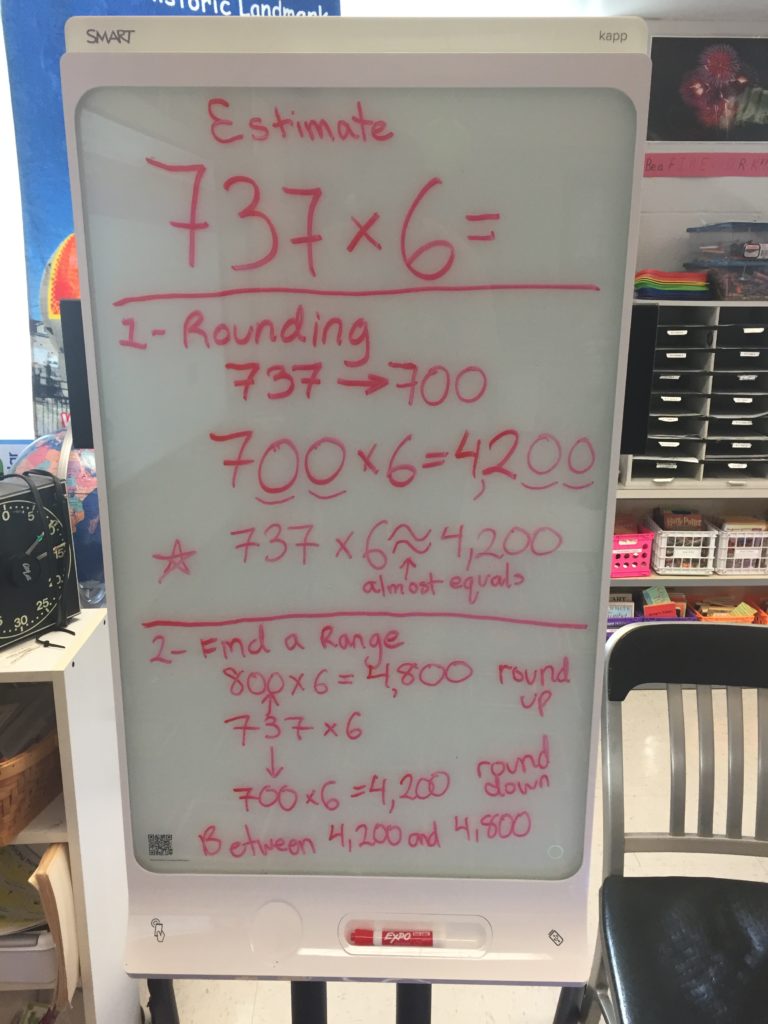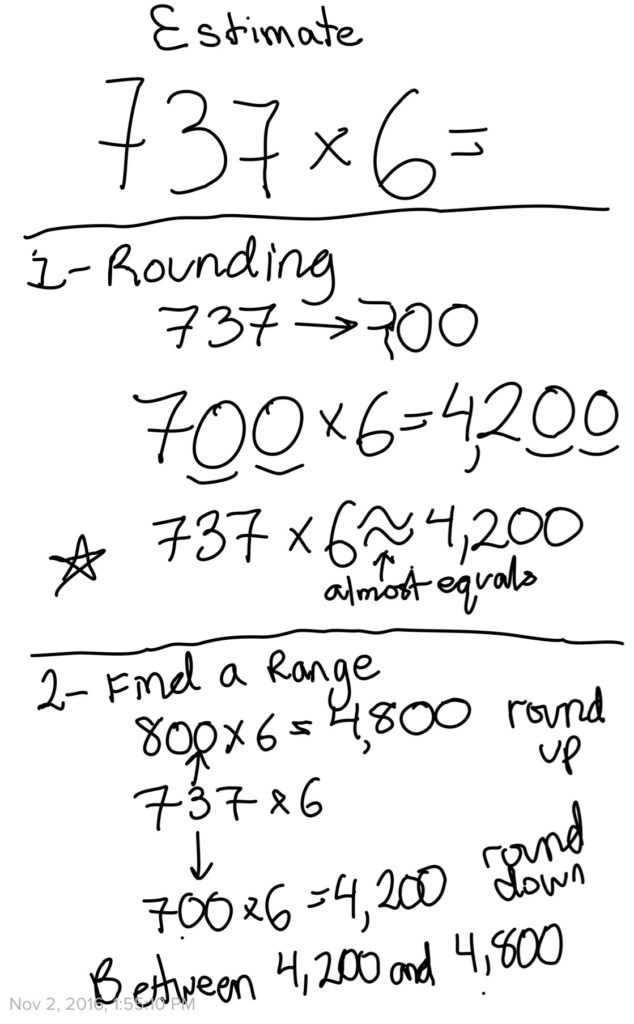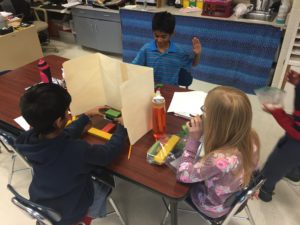Viewing: November, 2016
November 8, 2016
Independent Reading at Home
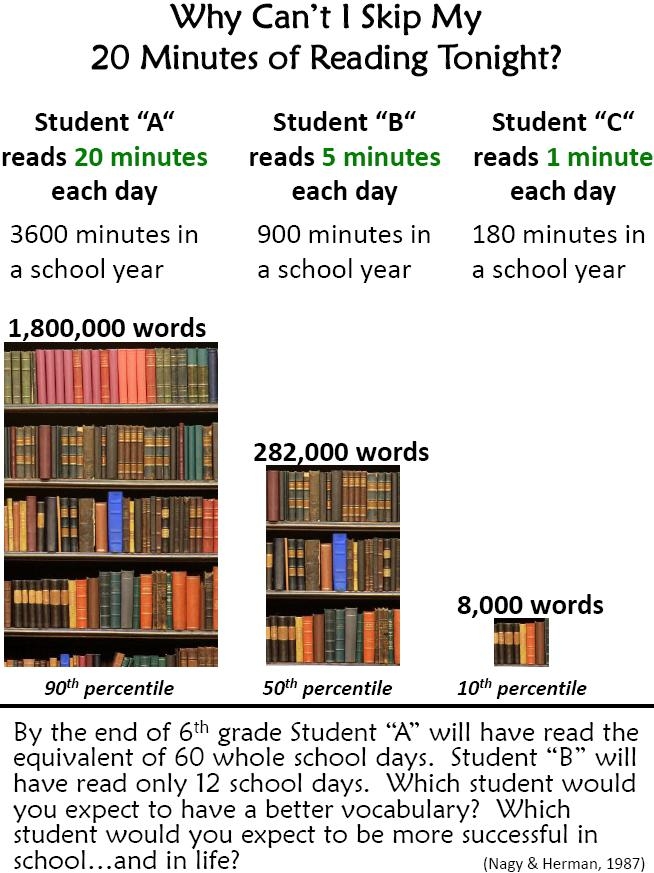 I’m in a workshop about reading instruction, and we’re discussing independent reading. I’ve come across a few ideas that I wanted to share with you! One was this simple graphic (right) that shows the value of independent reading at home. Another point was a simple quote:
I’m in a workshop about reading instruction, and we’re discussing independent reading. I’ve come across a few ideas that I wanted to share with you! One was this simple graphic (right) that shows the value of independent reading at home. Another point was a simple quote:
“When you dismissal the book a child is reading, you are dismissing the child.”
I often hear parents share comments like “I want my child to read real books. All he reads is Captain Underpants!” When we criticize the topic, series, or rigor of a text that a child has chosen, we are communicating a vote of “no confidence” in that child’s judgment. I’ve seen countless times in which an adult’s seemingly off-hand comment deflates a student’s confidence in reading or love of reading. Let’s all be sure to choose our words wisely.
Another important point worth sharing is the idea that we need a balance between giving students autonomy of choosing a book and ensuring that students are choosing a “just right” book at their independent reading level. There is merit to both, certainly, and an ideal balance might involve students choosing a book within a set of books at their reading level. Our school (and, in specific, our classroom) is focusing on improving reading engagement. Reading engagement is the degree to which students enjoy and value reading. There are different ways we support reading engagement, but no matter what, we want students to enjoy what they’re reading, when at all possible.
Posted in Class Updates|By Jon Moss
November 2, 2016
What’s New in November?
As much as I love watching the fall foliage in October, I must admit that I am relieved that it’s over! Two district curriculum meetings, one conference presentation, 26 DRAs (and counting), and plenty of other projects made October a productive but exhausting month! As I dig out from the month that seemingly never ended, I’m looking forward and am excited to share three new things happening in our classroom!
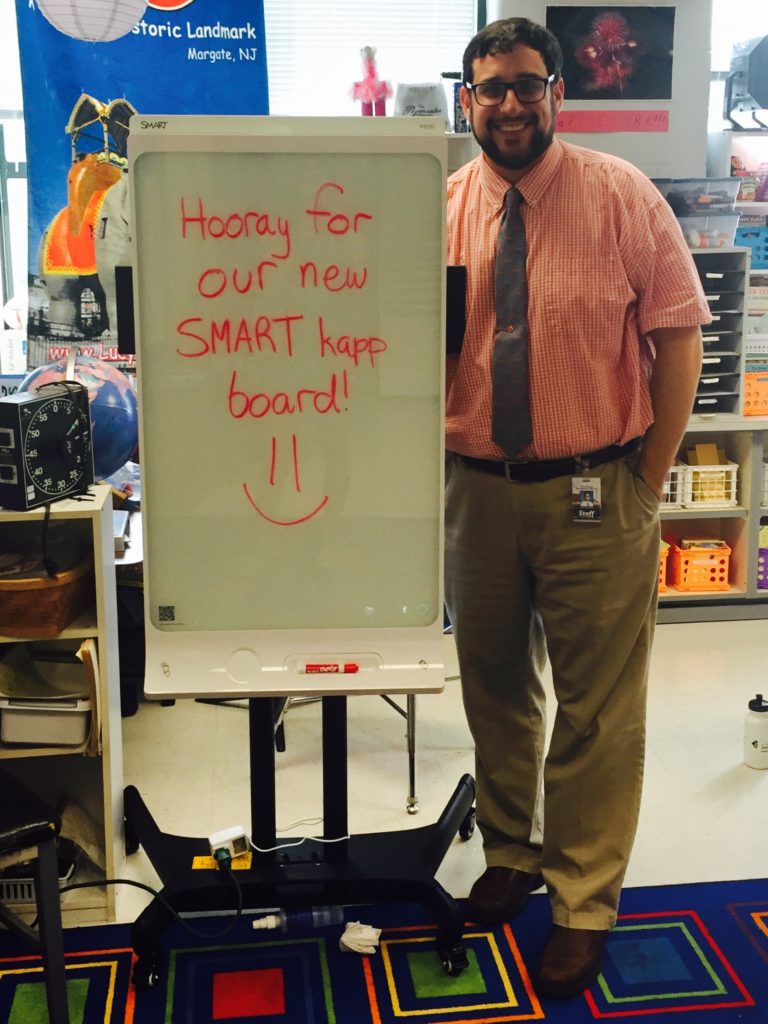 Last Tuesday, I presented at the 2016 CECA/CASL conference about how to integrate collaborative eLearning into classroom instruction. (If you’re interested in learning more about my conference presentation, visit my Teachers and Technology link up top, or click here.) I think it was my lucky day, as I ended up leaving with a new document camera for our classroom and an interactive whiteboard setup (evaluation products from a vendor we’ve used in the past), and a bag of books from a raffle. But my big win was being randomly chosen to receive a “SMART kapp” board for our classroom! SMART kapp is a dry erase board that can capture a snapshot of what’s written on it. By pairing it with my phone, I’m able to take what’s written and upload it to Google Drive (to share in Google Classroom), save it as a PDF or JPG image, and more. I’m excited by its potential to let me share notes from class with students and families in order to support homework. After ordering and assembling a stand, I was excited to try it out today for the first time, and so far, I’m impressed! We used it for a math lesson today, and I uploaded our notes to Google Classroom for the students to use this evening. It’s still new, so we’ll see how it best helps us in class, but I welcome and appreciate your feedback! Here’s a sample of how it looks in real and recorded images:
Last Tuesday, I presented at the 2016 CECA/CASL conference about how to integrate collaborative eLearning into classroom instruction. (If you’re interested in learning more about my conference presentation, visit my Teachers and Technology link up top, or click here.) I think it was my lucky day, as I ended up leaving with a new document camera for our classroom and an interactive whiteboard setup (evaluation products from a vendor we’ve used in the past), and a bag of books from a raffle. But my big win was being randomly chosen to receive a “SMART kapp” board for our classroom! SMART kapp is a dry erase board that can capture a snapshot of what’s written on it. By pairing it with my phone, I’m able to take what’s written and upload it to Google Drive (to share in Google Classroom), save it as a PDF or JPG image, and more. I’m excited by its potential to let me share notes from class with students and families in order to support homework. After ordering and assembling a stand, I was excited to try it out today for the first time, and so far, I’m impressed! We used it for a math lesson today, and I uploaded our notes to Google Classroom for the students to use this evening. It’s still new, so we’ll see how it best helps us in class, but I welcome and appreciate your feedback! Here’s a sample of how it looks in real and recorded images:
Our second “New in November” item is math rotations. This may be familiar to you from third grade. Traditional math lessons take about 60 minutes and may be comprised of 40 minutes of whole class  instruction and 20 minutes of independent or small group practice. What’s tough about that is that in that 40 minutes, there are students who are ready to move on after 10 minutes, and students who need more support beyond what was already taught. At PGS, we’re working to be more responsive to student needs, so we use math stations to better differentiate our instruction. The whole class lesson is shorter, only 15 or 20 minutes, and then students split up into assigned groups for math rotations. Students visit four stations in a given day: the teacher station (for small group, customized instruction about the skill I introduced in the minilesson), the practice station (for practice with that same skill), the hands-on station (where there is a game or other fun activity to let students reinforce various math skills), and the fluency station (where students work to maintain their computational fluency – aka adding and subtracting and later, multiplying and dividing).
instruction and 20 minutes of independent or small group practice. What’s tough about that is that in that 40 minutes, there are students who are ready to move on after 10 minutes, and students who need more support beyond what was already taught. At PGS, we’re working to be more responsive to student needs, so we use math stations to better differentiate our instruction. The whole class lesson is shorter, only 15 or 20 minutes, and then students split up into assigned groups for math rotations. Students visit four stations in a given day: the teacher station (for small group, customized instruction about the skill I introduced in the minilesson), the practice station (for practice with that same skill), the hands-on station (where there is a game or other fun activity to let students reinforce various math skills), and the fluency station (where students work to maintain their computational fluency – aka adding and subtracting and later, multiplying and dividing).
There is a set order for these rotations, so for many students, they’re having a 15 or 20 minute minilesson, immediately followed by a 10(ish) minute small group session to work on the same skill. This seems like less time, but the small group setting means that I can provide targeted instruction to students in a more meaningful, efficient way. Other students will see me after visiting one or two or three other stations, but this model ensures that everyone gets the support that he or she needs. Please understand that there are days in which we may not have math rotations, often when we’re introducing a new skill that warrants more time for whole class instruction.
Our final “New in November” is a shift in our class’ conduct system. For the first few weeks of school, groups competed to earn points, and the group with the most points on Friday would earn a few minutes of free time. This works well, and while the friendly competition generally stayed friendly, I wanted to raise the bar for the students. Starting this month, we’re shifting to a cooperative model. Groups are still working to earn points for their team, and we may still have the winning group receive their prize, but the class is working toward a larger goal, too. When ALL the groups have earned 50 points (each), the class will earn a theme day, such as pajama day, 80’s day, etc. That means that in addition to students within a group helping their teammates to make good choices, we also have each group helping one another. The prize won’t come until each group reaches 50, so there’s an incentive for students to support one another in order to achieve their shared goal.
As always, if you have any questions, please feel free to contact me!
Posted in Class Updates|By Jon Moss

